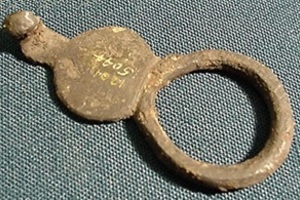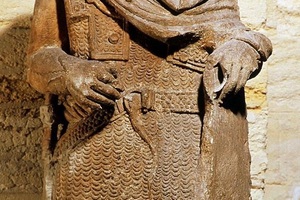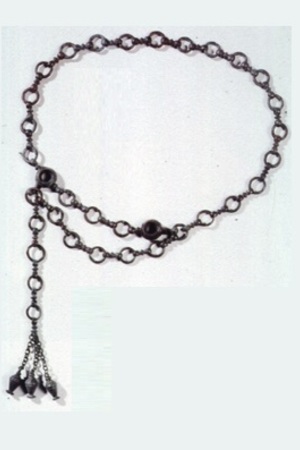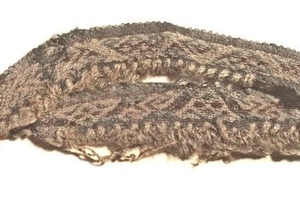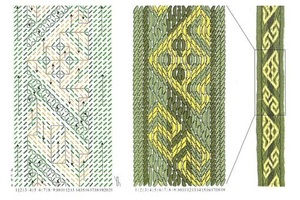Celtic Belt
Among the Celtic peoples, the belt was a widely used garment accessory, serving both practical and decorative-status purposes. It was worn by both men and women to secure clothing such as trousers, shirts and peplos. There were several types of belts, including leather belts with buckles, similar in principle to a button. Men possibly wore two belts at once: one to secure their trousers and another worn over the tunic.
Warriors would wear a belt over their chainmail to secure their sword. Additionally, on pictorial sources, another type of leather belt can be observed, not with a button fastening, but with a classic buckle. An example is the statue of the Gallic warrior "Guerrier de Vachères" wearing chainmail with a belt. Calvet Museum - Avignon, 1st century BCE.
There are also findings of bronze belts, similar to chains. They were likely not widely used but had a status significance.
Women could also wear bronze belts and woven ones with small plaques. Unlike bronze belts, fabric belts could be worn by anyone.
Belts were not a distinctive feature of the Celts but were prevalent among all ancient European peoples. For example, belts were widely used by the Greeks and Romans, the latter calling it "balteus".
